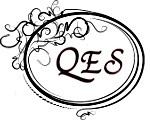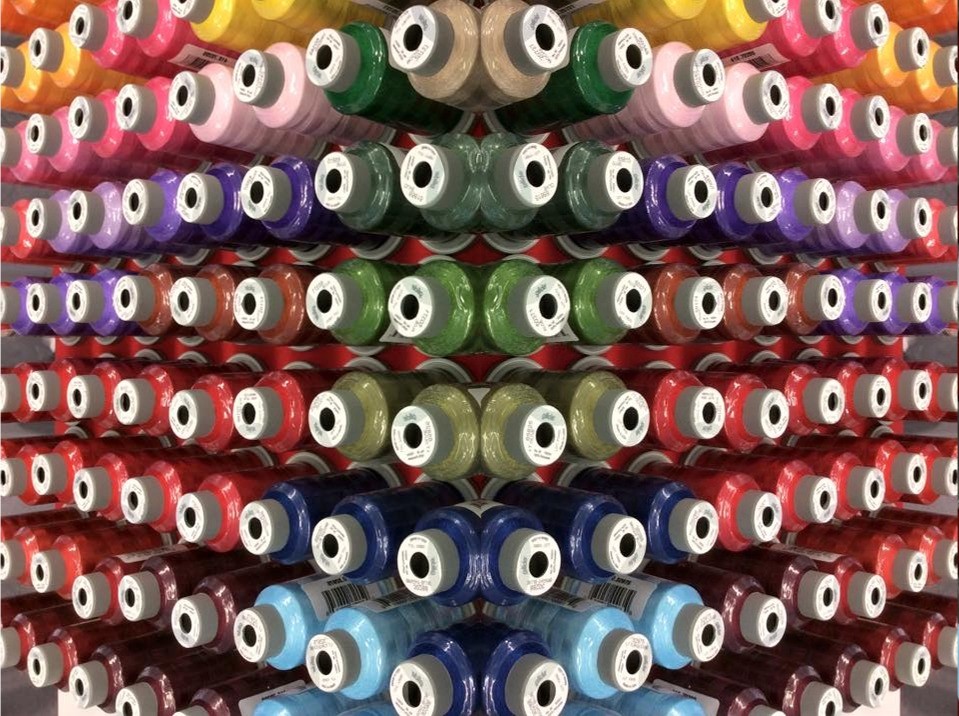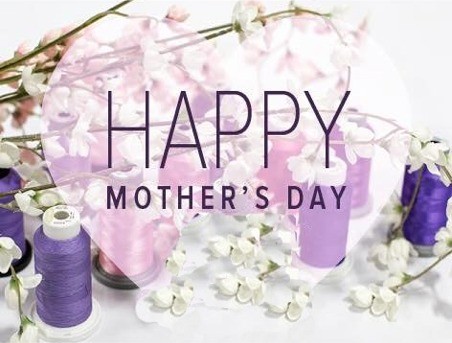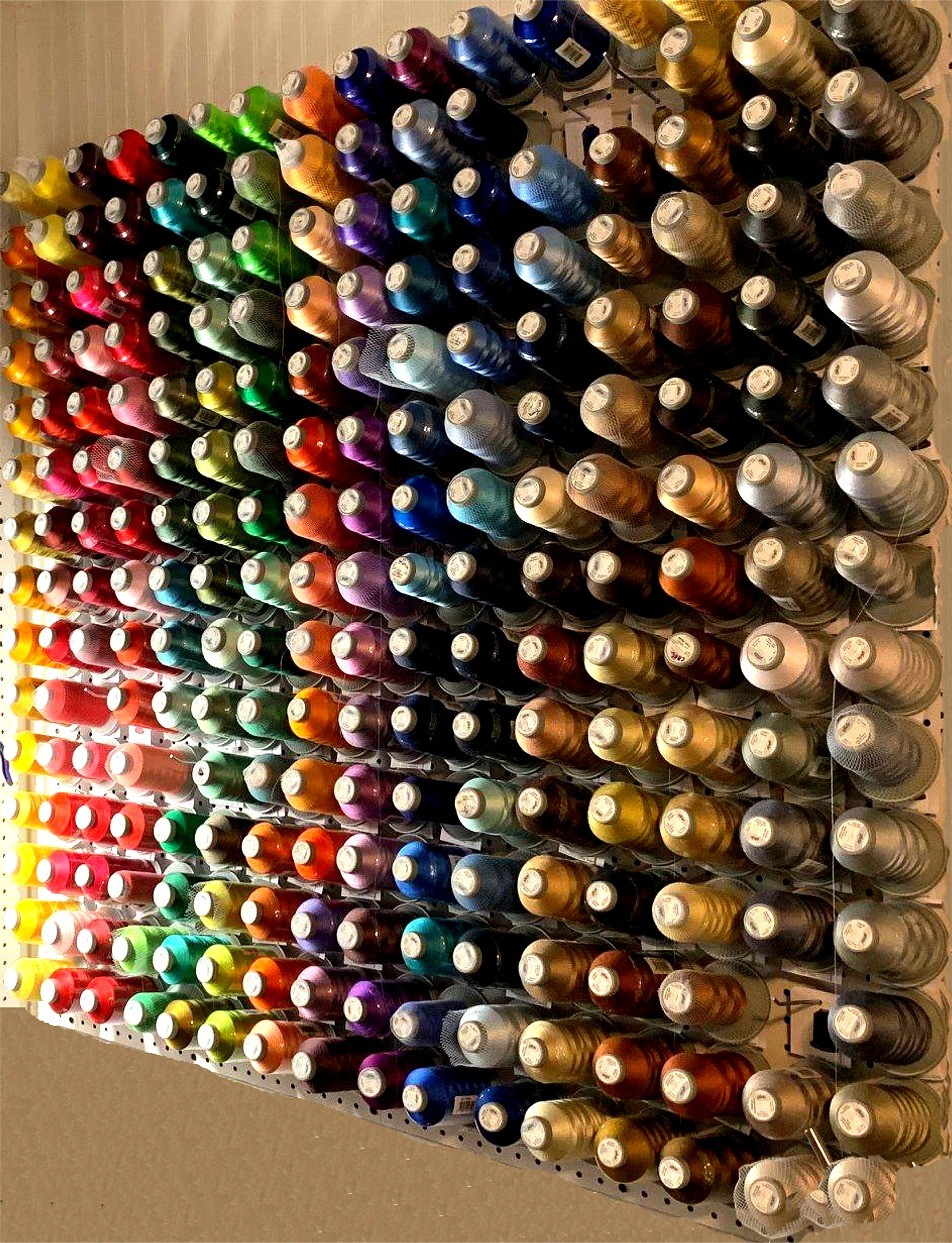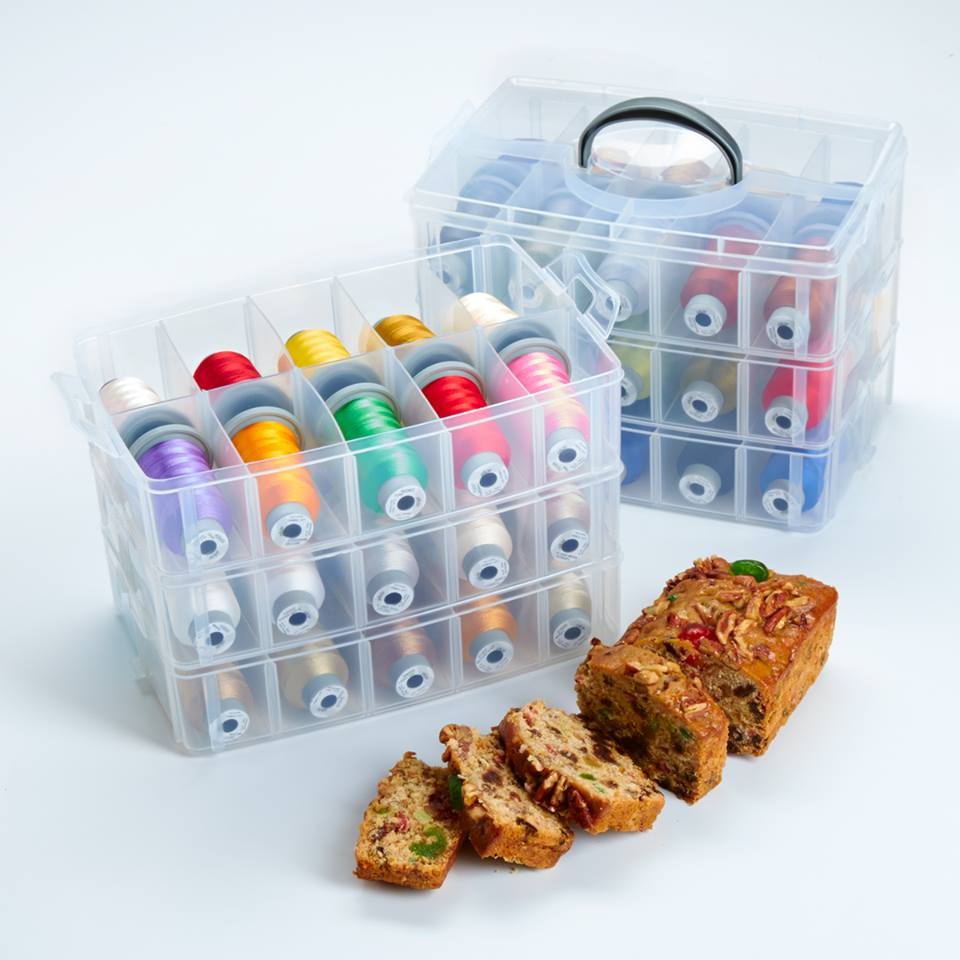Choosing the Right Embroidery or Quilting Needle
Anyone on the street can tell you that if you want to sew or embroider something, you need to start with a needle to stitch with. A much harder question than that, however, is the question of what kind of needle best fits your intended sewing or embroidery.
Needles are incredibly important to stitching and embroidery, and it’s important to pick the right ones so that your production comes out to the highest standards. We’ve outlined the basics below, so you can make sure you’re using needles that give you the best quality finished product possible.
Sewing Needles vs. Embroidery Needles
Since embroidery is a specialized kind of sewing, there are needles specifically made for embroidery and there are also more general sewing needles. There is a difference between the two, and the distinction is important.
Both kinds of needles can be used for embroidery, although you shouldn’t use regular sewing needles to embroider, as they can cause embroidery thread to break, snap, or fray more often than it would with specialized embroidery needles.
The two main distinctions between regular sewing needles and embroidery needles are the size of the eye, and the scarf of the needle./p> The eye, or the hole at the end of the needle, is the first main part that is different between embroidery and sewing needles. Embroidery needles have a much larger eye to prevent the thread from fraying or breaking. Since embroidery thread is thinner and more fragile than regular stitching thread, it is more likely to break and should be treated with more care to ensure it does not break or fray. A larger eye puts less strain on the thread, so it will not break and cause any delays in production.
The second main difference between embroidery and sewing needles is the scarf of the needle. The scarf is the indentation on the backside of the needle that starts slightly above the eye and continues up the shaft of the needle. Embroidery needles have a specially shaped scarf, designed to put less strain on the thread, much the same as the larger eye does.
These two parts ensure that the needle is not causing undue strain on the embroidery thread and are nearly always preferable to regular sewing needles when doing embroidery work.
Other Things to Look at When Choosing a Needle
While the shaping and size of the eye and scarf of the needle determine whether a needle is specially designed for embroidery work, there are other factors you should consider when choosing a needle for production. Needle size, point and material are all factors to consider when you are looking to choose the best needle for the job, as they affect how the stitching is done and can influence the quality of the finished product.
The shaft is the long thin body of the needle and is also referred to as the ‘blade’ of the needle. The thickness of the shaft determines the needle’s size. Thicker shafts mean larger size needles, and thinner shafts mean smaller size needles. Down the center of the shaft, there is a groove which the embroidery thread fits into as stitches are made. This ensures that the thread does not catch or fray during embroidery.
Larger diameter shaft needles are generally used for thicker fabric, and thinner diameter needles are used for thinner fabric. Needle size refers to the diameter of the shaft of the needle. There are two major ways of sizing needles; American and European needle sizing scales. American sizes range from 8-20. Eight is the smallest size, twenty is the largest.
European sizes range from 60-130, and are based on the measurement of the shaft diameter.
A European size 80 needle is .8mm wide, a size 90 is .9mm wide, etc.Typically needle sizes are written with both American and European size information. The sizes would be written as 75/11 for a European size 75 and American size 11. For embroidery, the most common size needles are 75/11, 80/12 and 90/14. Those are the three most common size needles used in commercial embroidering.
When embroidering, smaller diameter needles should be used for lighter weight fabric and larger needles should be used for heavier fabric. For threads that are heavier, we recommend using a larger diameter needle. If unsure about what size needle should be used for production, go with the smallest size and increase in size if necessary. Using a smaller needle first is recommended because larger needles can cause larger holes in fabric and it would be easier to go from a smaller needle to a larger one instead of the opposite.Smaller needles mean smaller holes in the fabric, as well as fewer holes in the fabric. Since embroidery contains so much stitching in a small area, larger holes can be very damaging to the finished product.For products that have many layers of stitching, using a smaller needle can be better since a smaller shaft diameter means the needle can move between layers of stitches more easily. The needle tip is an important part of the needle, as the tip comes in contact with the product being embroidered. There are several types of needle tips, they are differentiated by the sharpness of the point.
The Sharp Point tip
The sharpest option of needle tip, it comes to a (well, what else?) sharp point. This type of tip is used for tightly woven fabrics like quilt cottons, or special applications like onto paper. The sharp tip needle will pierce the fabric precisely. For fabrics that use a stabilizer that is stuck on or has a plastic-like texture, a sharp point helps to pierce the stabilizer without tearing or causing large holes.
The Ballpoint tip
A more rounded tip designed to spread the yarns in a knit rather than cutting them. If a knit fiber breaks, there will be a run or a hole in the fabric.
The ballpoint tip prevents that, as it does not cut at the knit fibers. The Slender or Extra Slim Ballpoint tip This tip is generally regarded as the best option for all around use. If you’re not sure what kind of tip would work best, or you must switch production several times and don’t want to switch out the needles, a slender ballpoint tip is the best bet to handle several types of fabric.This is the most commonly used needle tip but may not be the best fit to give a clear stitch in some woven fabrics.Needles can be made from several types of material, and the choice of material can affect how the needle performs.
Chromium-plated needles are the most common type of needle material. They are the default material type, and if it is not specified what a needle is made from, it is chromium. They are used in pretty much everything and can handle most sewing and embroidery.
Generally, it is recommended that they are changed after every 5-10 hours of stitching, to ensure that the tips are not dulled and the machine is running optimally.
Titanium-coated needles are a much higher quality than chromium-plated. The amount of time titanium needles can be used for before they have to be changed out is about five times as long as regular chromium needles, and they should be changed out every 25 hours of stitching. They are covered in a coating which makes them last longer and also makes them less likely to stick or catch on the material that is being stitched. If the product being embroidered is using a stabilizer that is a sticky or plastic texture, the coating of the titanium needle makes it less likely to catch than a regular needle. This means that the needle can pierce the stabilizer exactly so there are no additional holes or pulls on the fabric.
The composition of the needles makes them more durable and less prone to warping, bending, or breaking during production. If the fabric being embroidered is a dense or tough material, using titanium needles can ensure the needles pierce the fabric on every stitch. They are stronger and more durable than regular needles, and they are better able to embroider the material. Embroidery often goes through multiple layers, with fabric, stabilizer, and sometimes multiple layers of already completed embroidery. For products that need to be top quality, we recommend using titanium needles to ensure the best stitching.
Choosing the Needles that Best Fit Your Production
It is important the best needle for the job be used when embroidering, since the process can be tough on the needles. Stitching through fabric, stabilizer, and layers of embroidery already completed is difficult, and you need the best needle to ensure that every stitch is perfect.
Now that we’ve gone over the basics of the commercial embroidery needle, you have all the information to determine what needle works best for your production. Look at the types of fabric, the weight, the type of thread, the density of the embroidery, the stabilizer, and all other components of the product being embroidered. Once you have all that info, determining the best needles to handle the job should be a matter of looking over the information provided above and placing your order.
